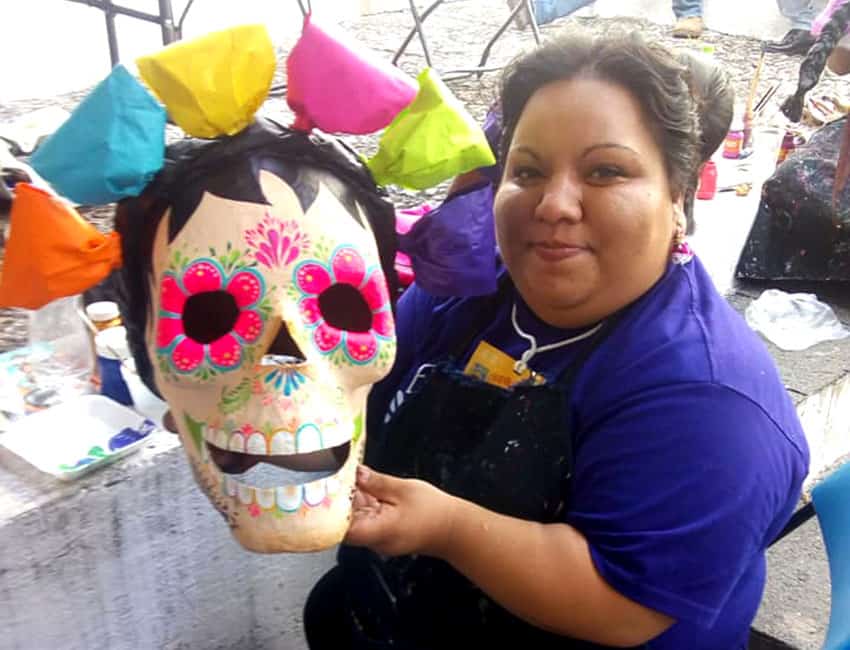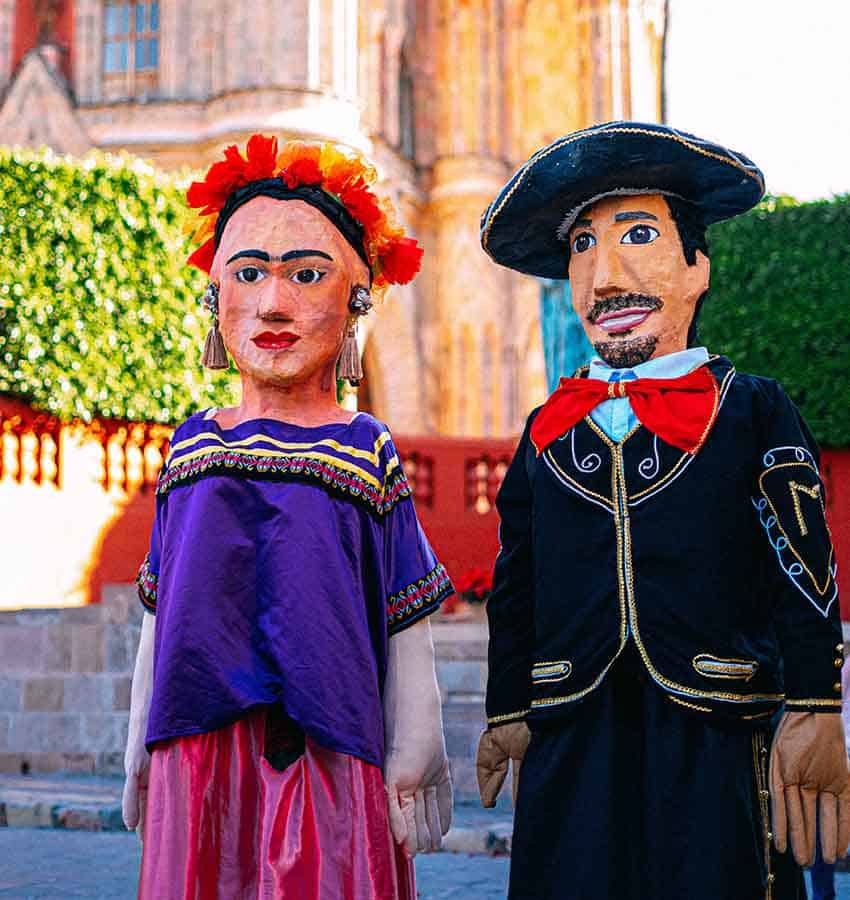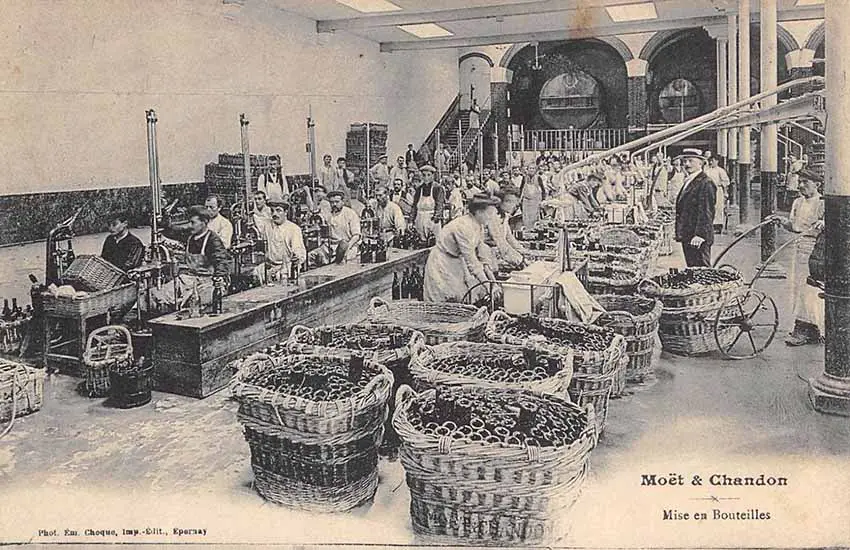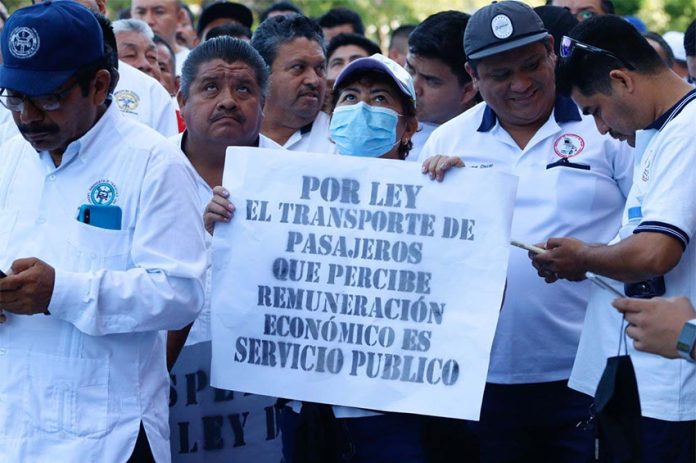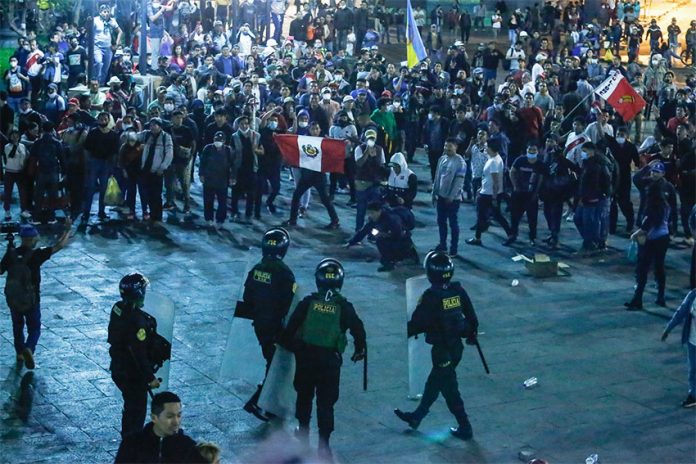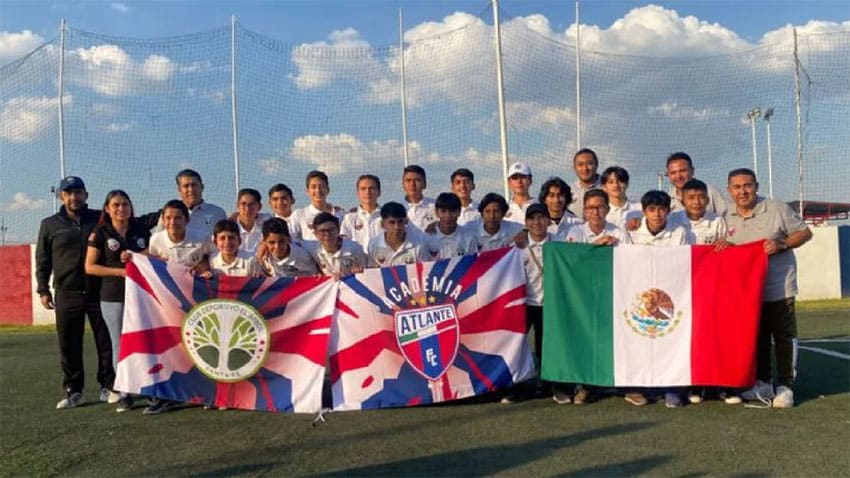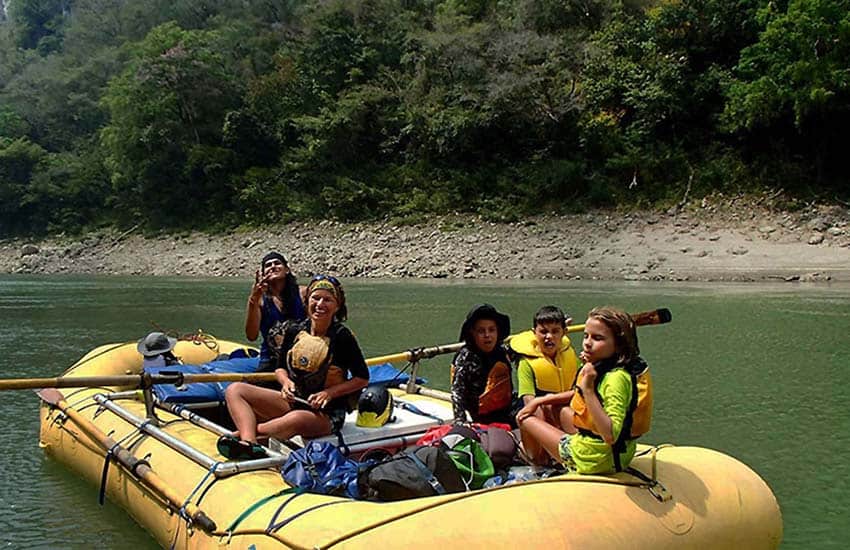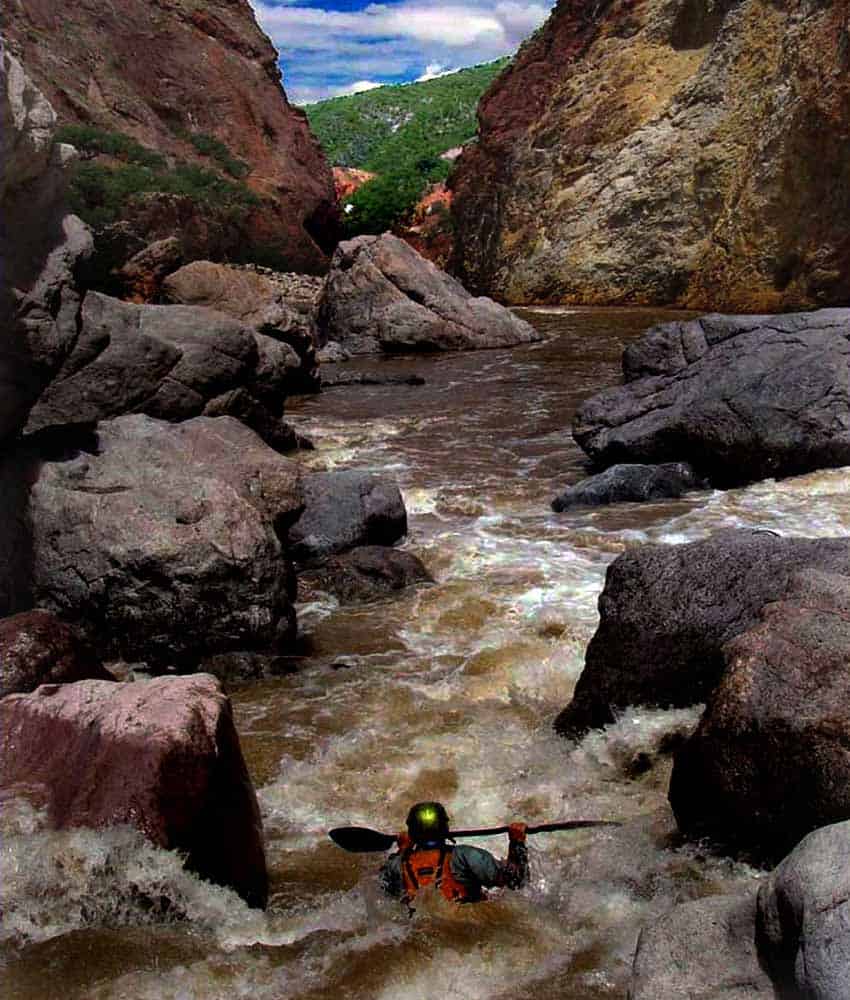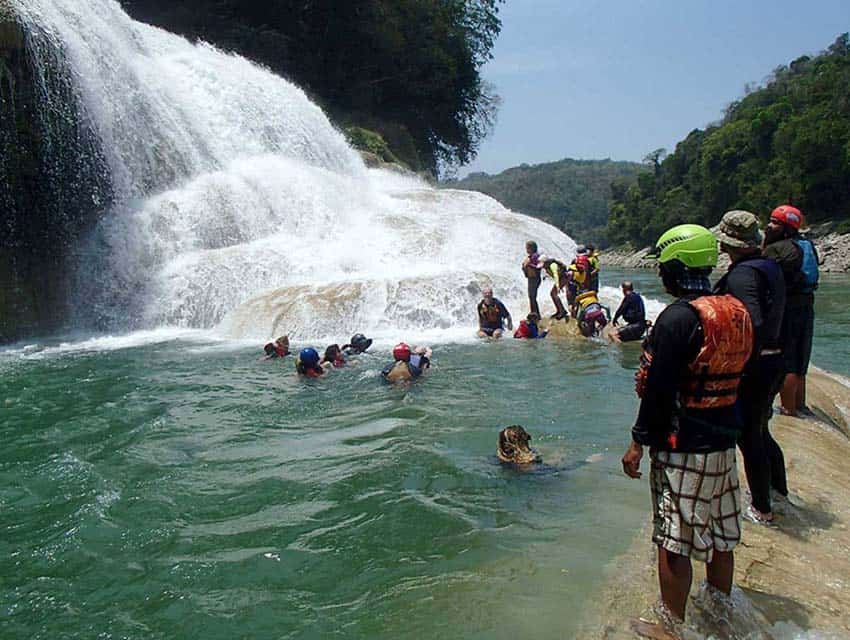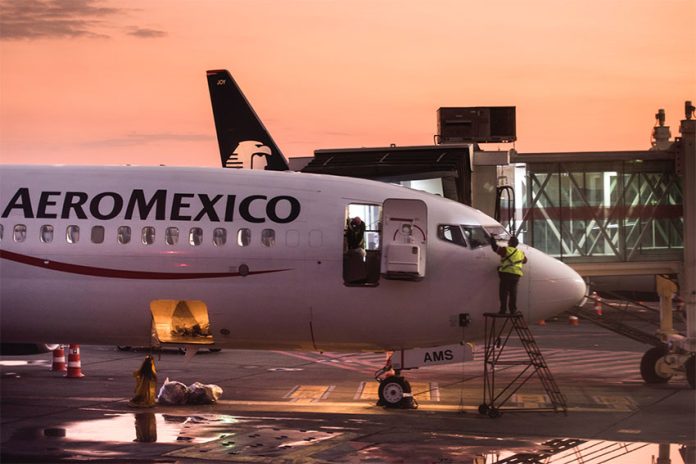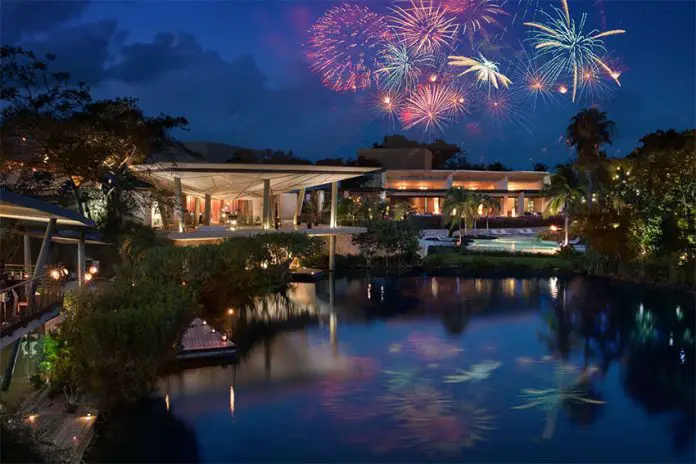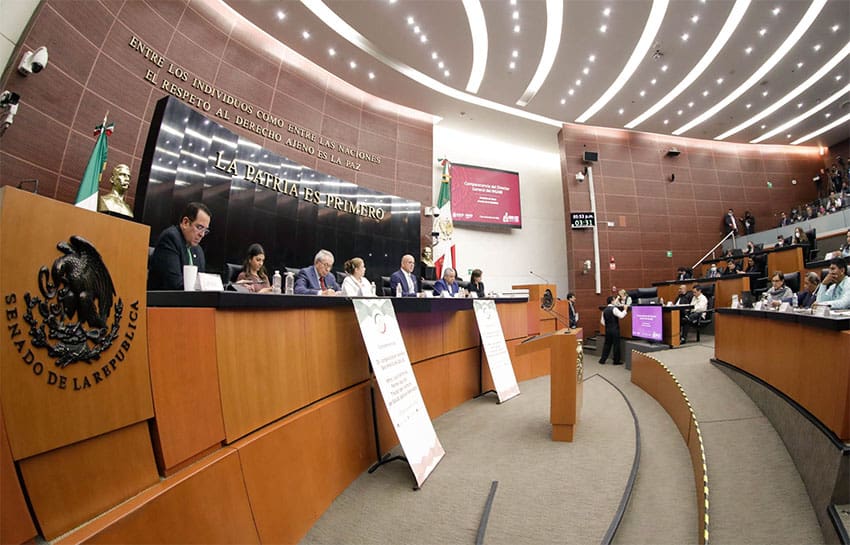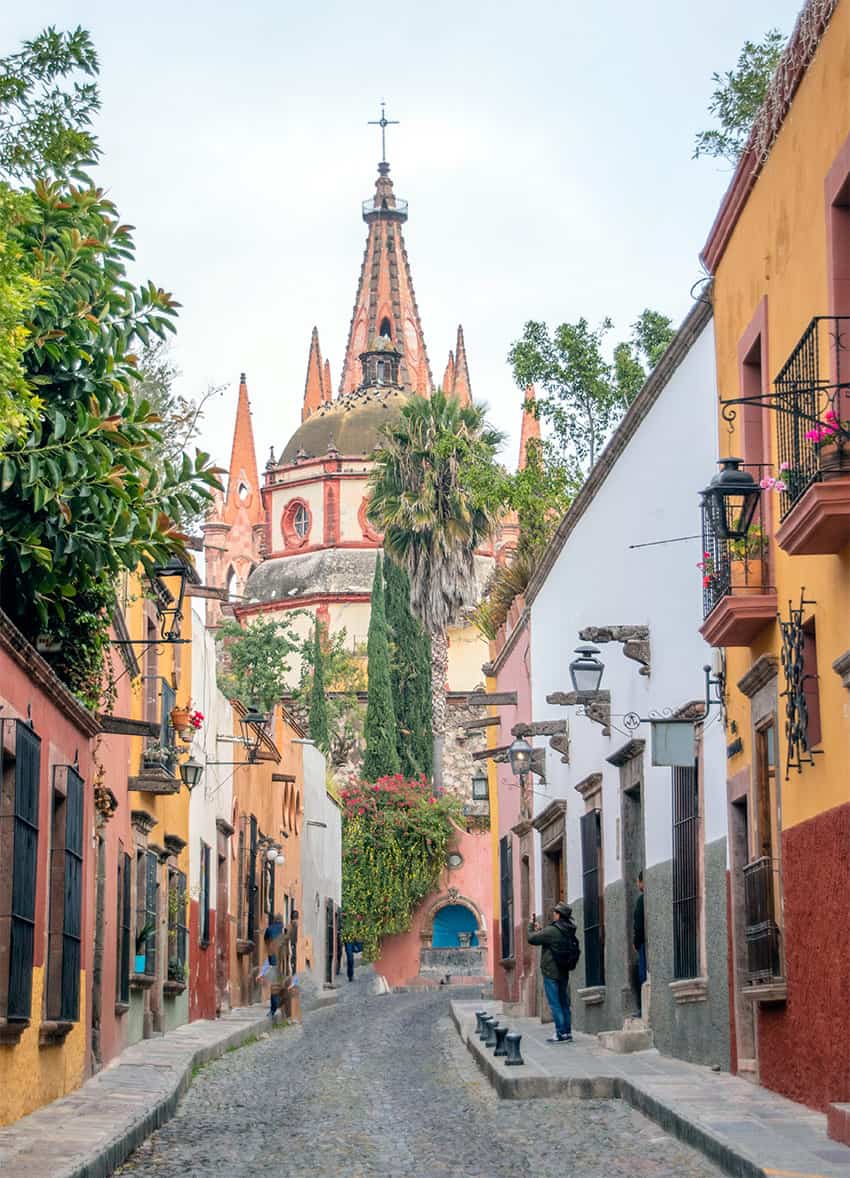My first Christmas ever in Mexico was awful. Well, awful to me.
I’d traveled to my first Mexican boyfriend’s hometown of Coatzacoalcos, Veracruz, with him for the week, ready for Christmas cheer and new adventures in a city with one of the coolest names I’d ever heard.
The first disappointment was the city itself. Yes, it was on the coast, but the water was too polluted for swimming, Pemex being the main local business. On the other hand, Salma Hayek is from there, and there was a place there with really, really good horchata. But other than that, the city’s charms seemed few and far between.
When my boyfriend and his sister made a big show of how hilarious they thought it was that I’d picked out off-brand cereal at the grocery store, and when his mom made a point of explaining to me that they were “actually white” (a confusing conversation because they were very much not), I began to suspect that things probably wouldn’t work out between us. But, hey, it was Christmas, and I was going to make the best of my very first one without my family, my culture or, I realized, any of the traditions I was used to.
The holiday season in Mexico is a different animal, and both newly arrived and long-term immigrants here often find themselves conflicted about how to handle what, for most, is normally a deeply meaningful time of year.
We search for a way to do this in a land where some of our own traditions are glaringly absent, and where we’re surrounded by traditions that we did not grow up with. We’re doing this often without much family, in a place where family is king.
As open and enthusiastic about one’s host country a person might be, it’s a lot harder to maintain that level of enthusiasm during the holidays if we just can’t help but feel that something’s missing.
I’ve been noticing this shared sentiment more often lately as I see questions from other expats coming up in common groups.
“Who’s going home for Christmas?”
“Is there literally any alternative to spending Christmas with my husband’s family this year if I just want us to have a small family gathering?”
“Do you get your kids Christmas presents, or just do presents on Three Kings Day?”
As a result, I decided to talk to different foreigners about their experiences with the holidays here. Below is a summary of what I found:
What are the big differences between the holidays here and in your home country?
One word: parties. As one person put it, “Holiday work parties are on another level.”
Indeed, several respondents expressed their surprise about how Christmas seems to be a time for partying with pretty much everyone — often staying up all night on Christmas Eve — whereas the New Year seems to be more family-oriented.
Someone else expressed that she was initially surprised by the lack of presents at Christmas in her husband’s family, something she noted was probably more common in their particular social class.
“There’s no emphasis on presents; it’s all about Nochebuena (Christmas Eve) and a huge party … lots of food, lots of drinking, a bonfire outside all night long; they really don’t do presents.”
Yet another expressed her admiration for the sheer quantity of celebration that extended over several weeks: “The pilgrimage for the Lady of Guadalupe, Nochebuena, The Three Kings …”
Opportunities for true veneration and celebration abound over a long period instead of being distilled into one day like many expats here are used to.
Several others mentioned the decorations: while municipal governments usually “deck the halls” downtown, most people don’t decorate the outsides of their houses with lights for Christmas. But many newcomers I talked to grew up as I did, remembering driving around to look at Christmas lights as a sweet holiday tradition, one that doesn’t make as much sense in Mexico.
For another person, the difference was more personal than cultural.
“The main difference for me is that my family’s not here.”
What do you miss about your home country?
Predictably, many listed their own families and family traditions as what they most missed from home. “Mostly the food” was another big theme. As much as we all love Mexican food, it can be tough to let go of the cacophony of recipes that remind us of fond childhood holiday memories.
Surprisingly, a lot of people mentioned missing seeing Christmas lights everywhere, a big deal for me as well, one I didn’t realize was a big deal until I got here.
One person said, a bit sadly, that she missed not feeling “othered.”
“I’ve been here for over 10 years, and my Mexican extended family still doesn’t treat me like a person; I speak the language, but it’s like they still assume that I don’t know anything and that my ideas [about what to do on the holidays] are not good.”
What makes the difference between having a good or bad holiday season in Mexico?
On this question, the responses were essentially unanimous: it’s all about having a good support system and a community — be it family or friends — to spend the holidays with. Developing that support system can be a real challenge, but is well worth the effort.
One woman put it perfectly: “If, as an immigrant to Mexico, you’ve managed to connect to a real community and have fellowship with them, then you have arrived.”
So what happened that first Christmas in Coatzacoalcos? We got dressed up on Christmas Eve and went to my boyfriend’s mother’s apartment for a nice meal; I still remember that there’d been extensive debate over where to buy the spaghetti.
All tuckered out, I was ready to go back to the main house and dream of sugarplum fairies, but instead we went to a nightclub, where my boyfriend insisted that we stay all night.
I managed to do the opposite of impressing him and his friends by falling asleep on a bench as the music throbbed in my ears and then complaining about the risks of us driving home drunk at 7 a.m.
I slept most of the next day, only waking up for a call from my family in Texas, who wanted to know what I’d gotten for Christmas and hear about the exciting festivities in Mexico. I wanted to cry, but I held it in, not wanting to make them sad — and also embarrassed to admit that the plans I’d made had not been a great choice.
After all that, the dude broke up with me a couple weeks later.
That sucked, and Christmas had sucked. But I was still a kid then, really, one who hadn’t yet learned about the delicate balance of tamping down expectations enough to be open to new experiences. I also hadn’t yet learned to define, and then verbalize, my own non-negotiables.
Staying out all night was a surprise non-negotiable — you don’t know what you don’t know, of course. I made sure in subsequent years that this would not be part my holiday plans.
Since that first one, most of the rest of my Christmases here have been nice. I’ve pretty much backed off on my expectations of presents, and I make up for it by putting up way too many lights and making everyone listen to Christmas music all the time.
For those of you staying in Mexico right now, happy holidays. And remember: if this isn’t the best time of year for you, that’s all right. Things can always get better, and we can always grow to embrace both old traditions and new.
Sarah DeVries is a writer and translator based in Xalapa, Veracruz. She can be reached through her website, sdevrieswritingandtranslating.com


